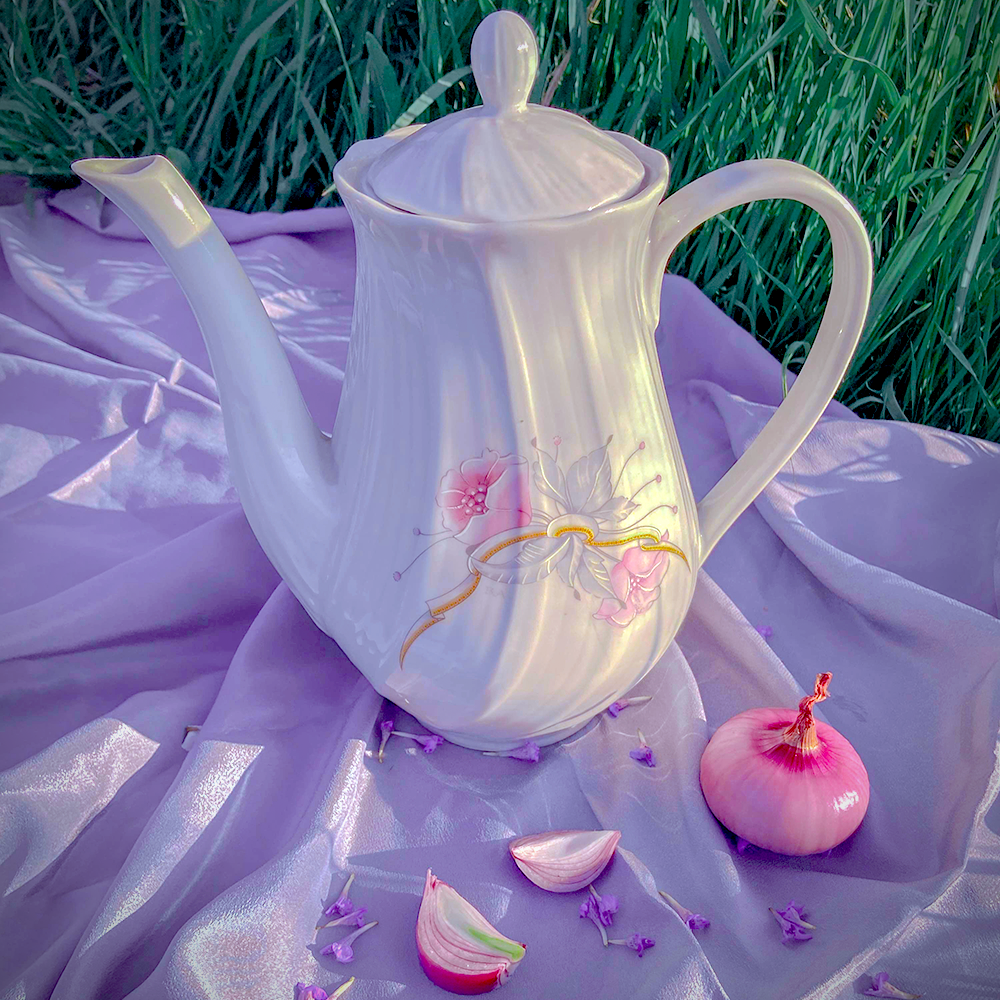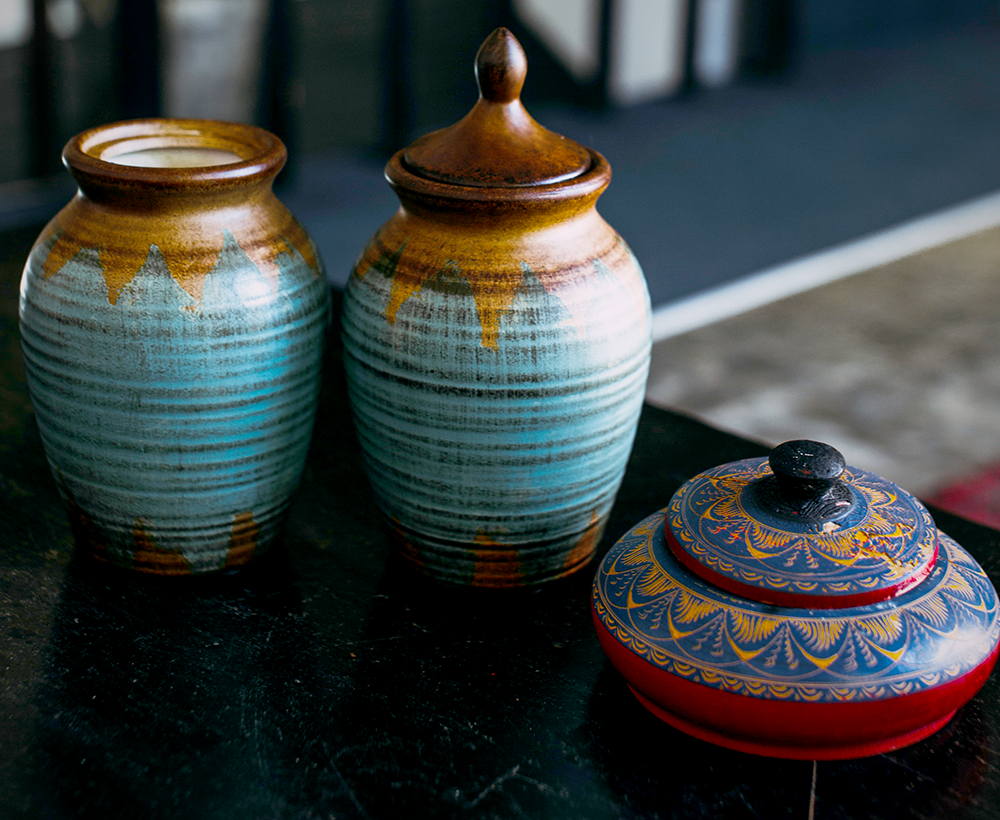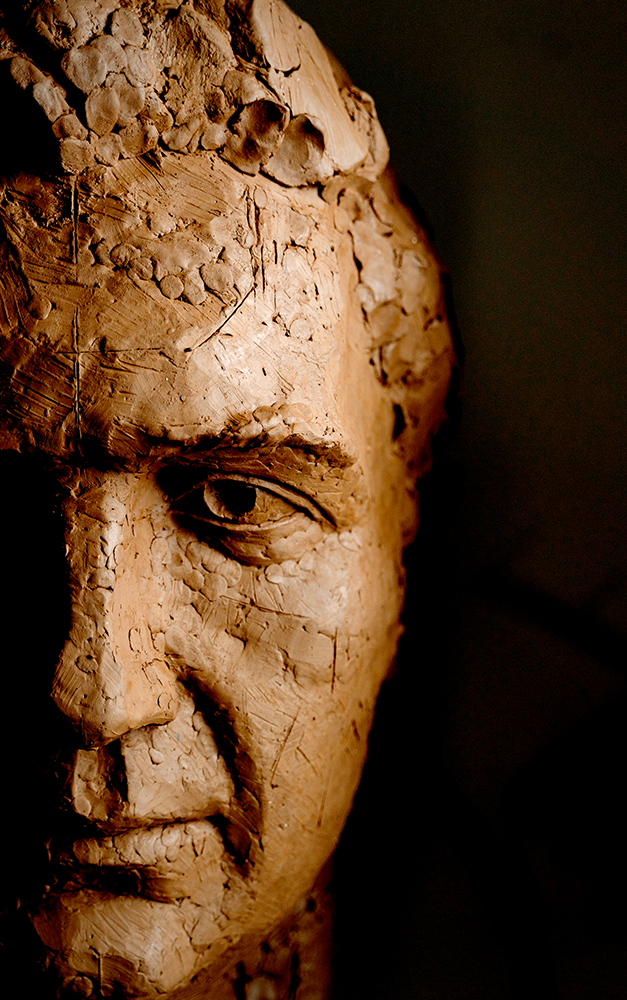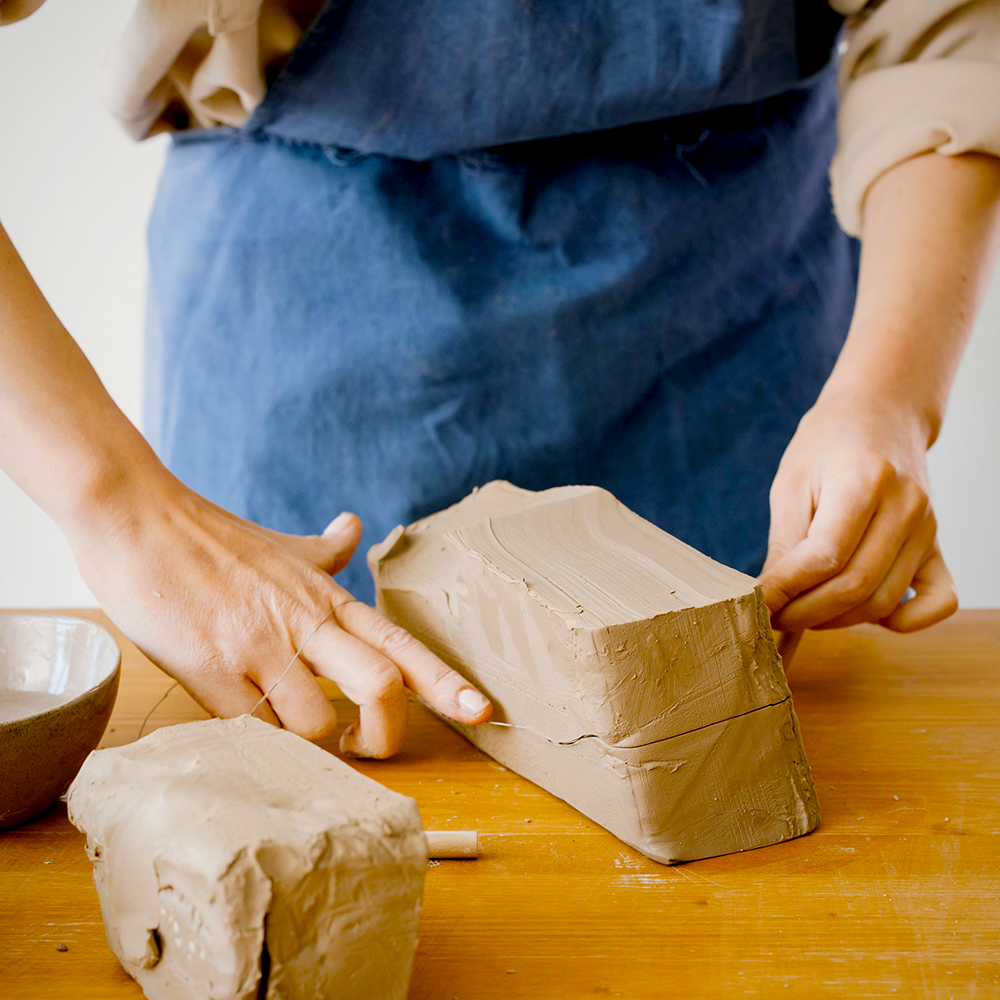So you're interested in ceramics?
Ceramics is a fun and popular hobby that can be enjoyed by people of all ages.
Whether you're a seasoned artist looking to branch out into a new medium, or someone who's never picked up a paintbrush before, ceramics is a rewarding and challenging field that can produce beautiful results.
In this article, we'll teach you the basics of getting started with ceramics. We'll cover everything from what types of clay projects are available to you, to how to set up your own studio.
So, grab some clay and let's get started!
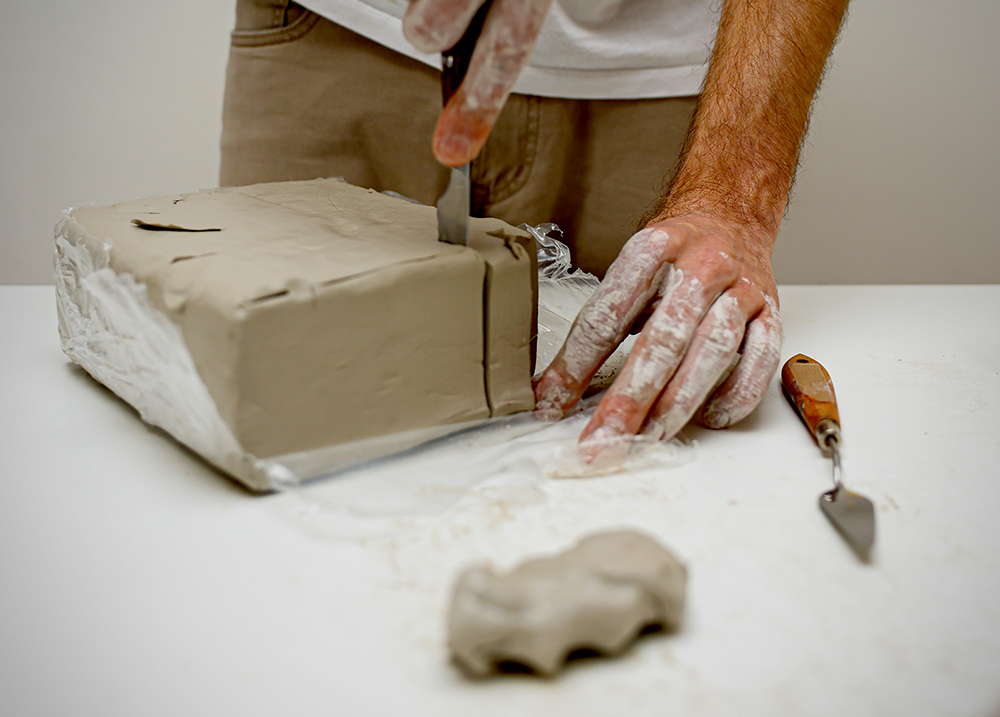


What You'll Need
To get started with ceramics, you'll need a variety of tools.
You'll definitely need clay, but you'll also want to invest in some pottery tools and glazes.
Clay
The first thing you'll need is clay.
When it comes to clay, there are many different types to choose from, each with its own unique properties.
For beginners, we recommend starting with a mid-range stoneware clay body.
This clay is versatile and easy to work with, making it a great place to start.
You can also use other types of clay, such as porcelain, earthenware, terracotta, or even a mix of different clays.
If you don't have access to a kiln, you might love air dry clay, and there are a bunch of functional polymer clay projects you can create, such as polymer clay earrings.
If you need any polymer clay ideas or air dry clay ideas, feel free to do a bit of research online or pick up a clay book because there's plenty of resources out there!
Ceramics and clay pieces make wonderful and unique gift ideas, so feel free to explore and create fun designs!
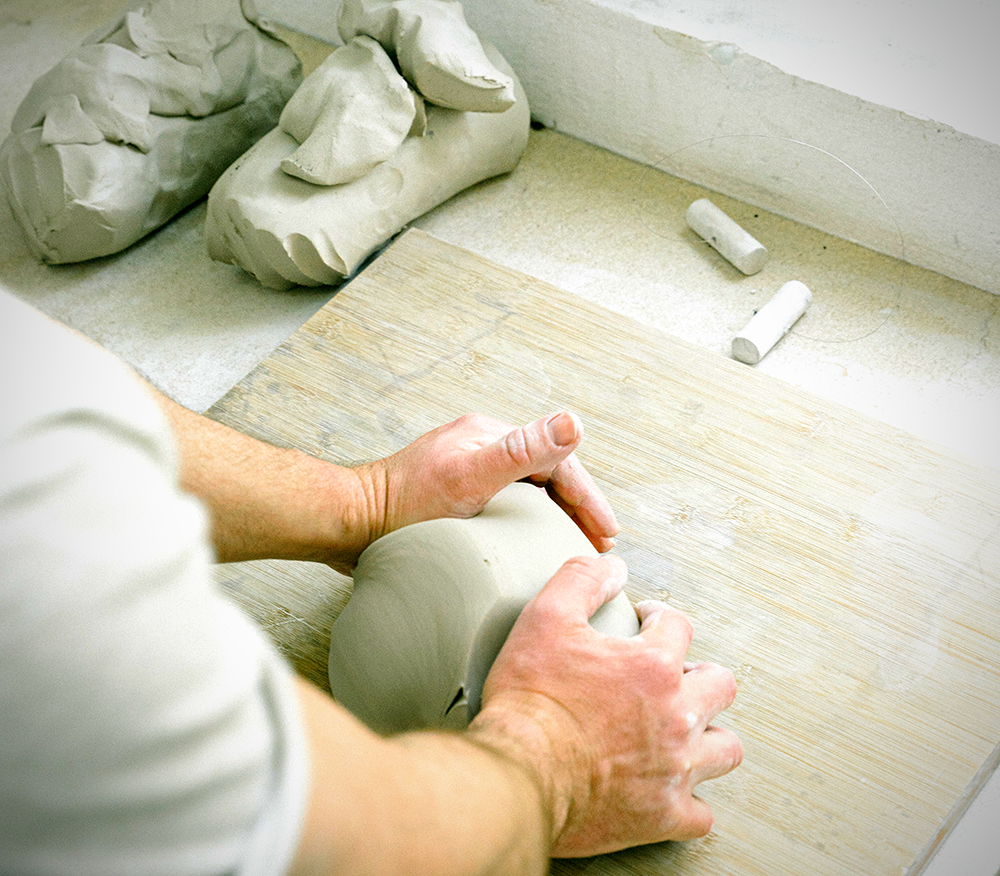
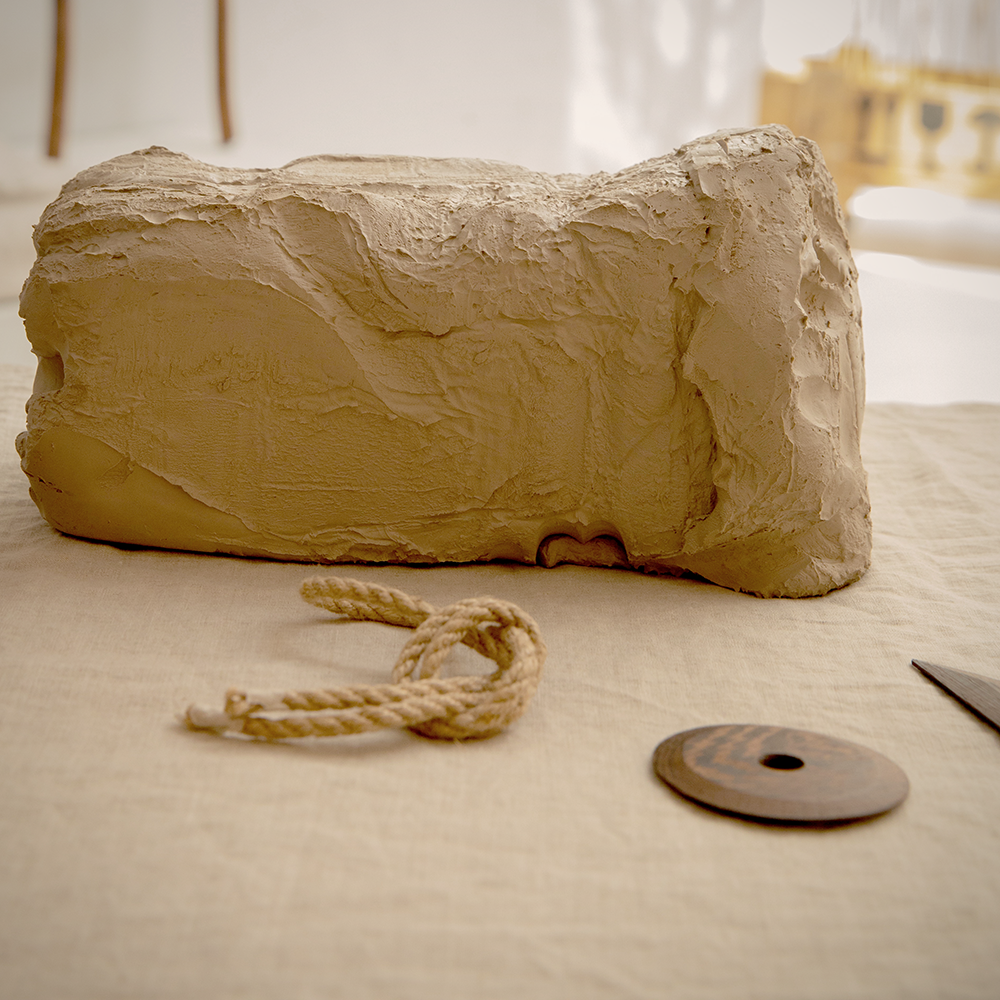

Pottery Tools
Once you've got your clay, you'll also need some pottery tools to work with it.
A basic set of pottery tools should include a rib, needle tool, sponge, and loop tool.
You may also want to invest in other specialty tools for specific projects.
In addition to your pottery tools, you'll need some workspace and supplies.
You can set up a makeshift pottery studio in your home, you can take a pottery class at a studio, or you can invest in a professional pottery wheel and kiln.
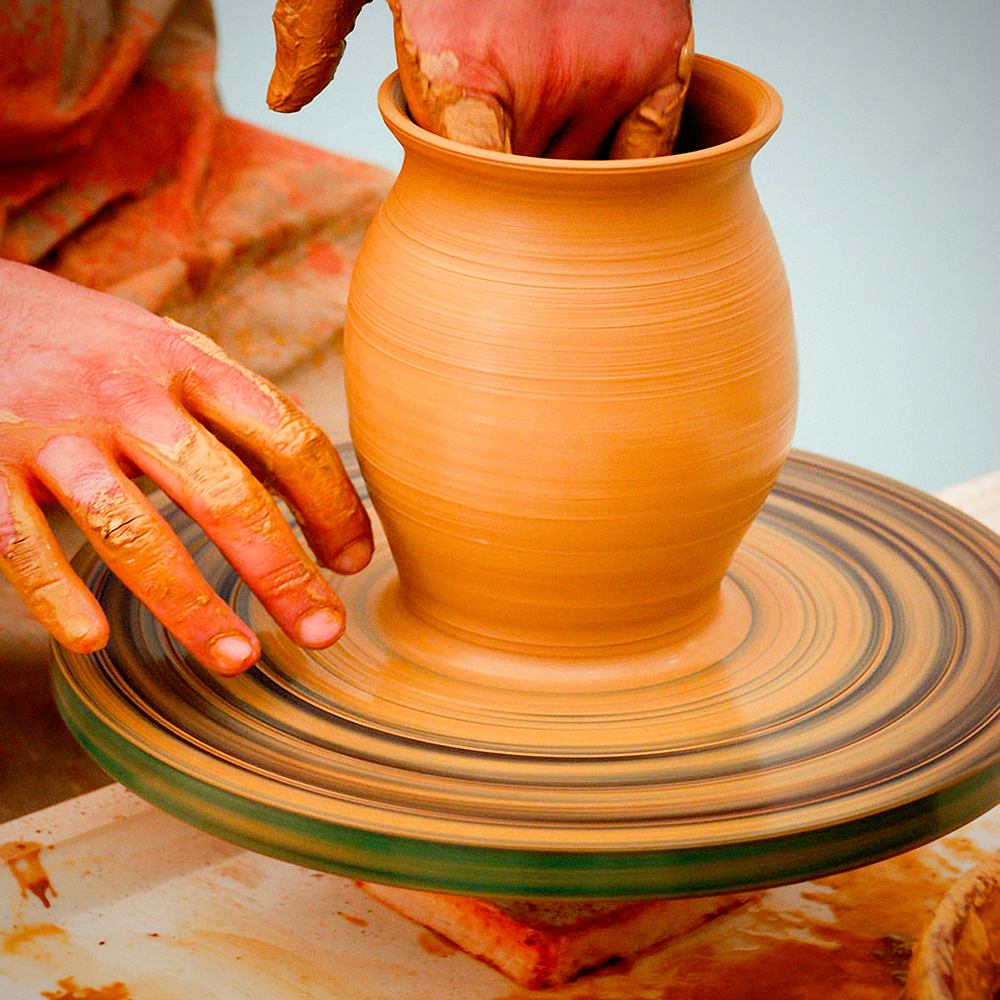
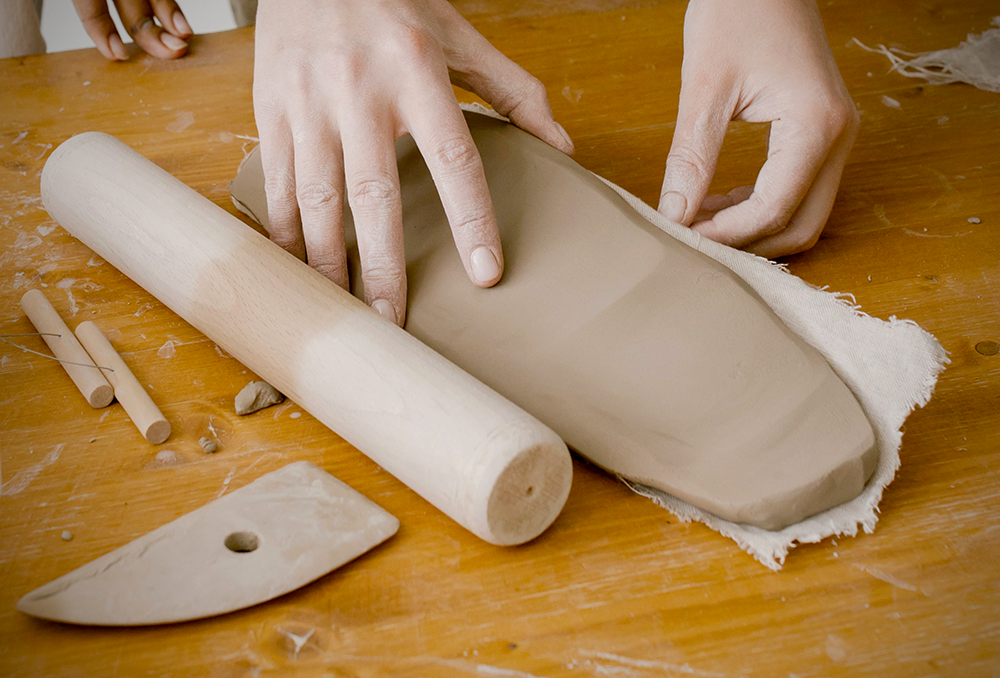

Glazes
You'll also need to purchase some supplies, such as glazes, slips, and underglazes.
These supplies can be found at most craft stores or online.
Now that you have all the materials and supplies you need, it's time to start creating!
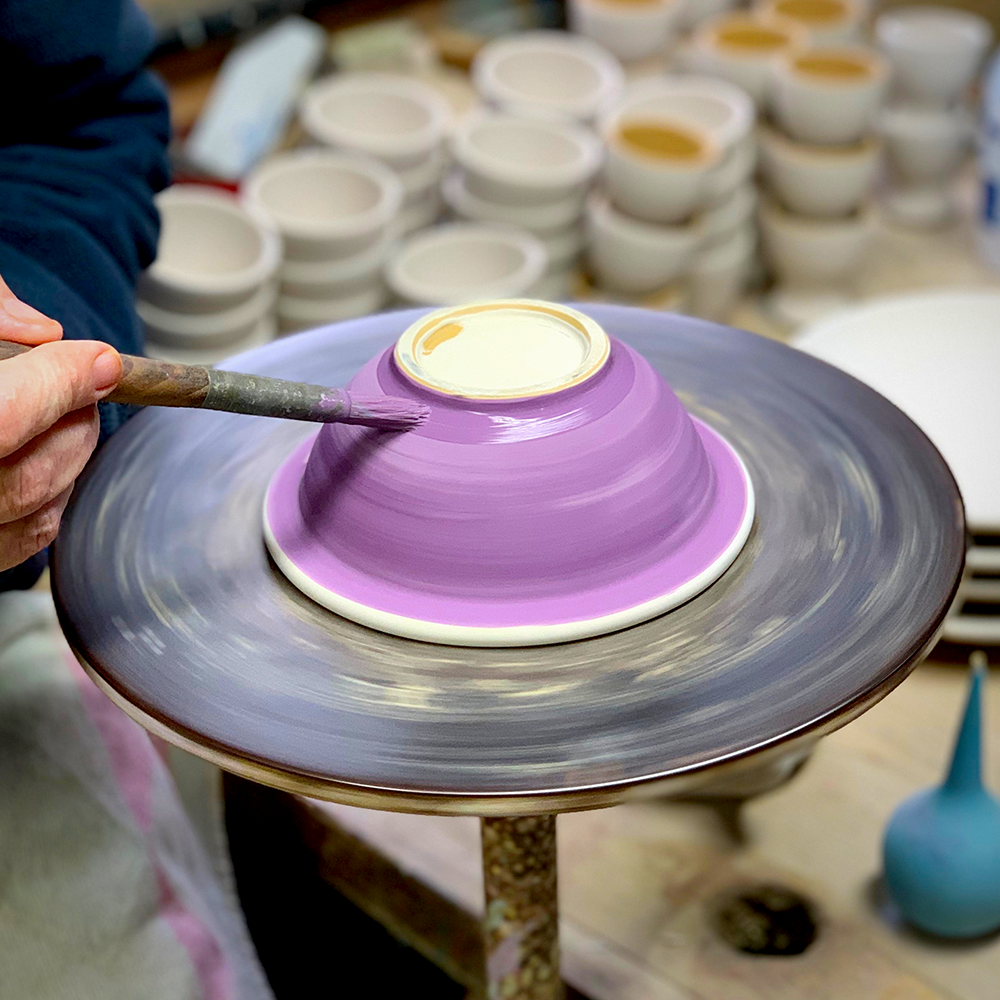
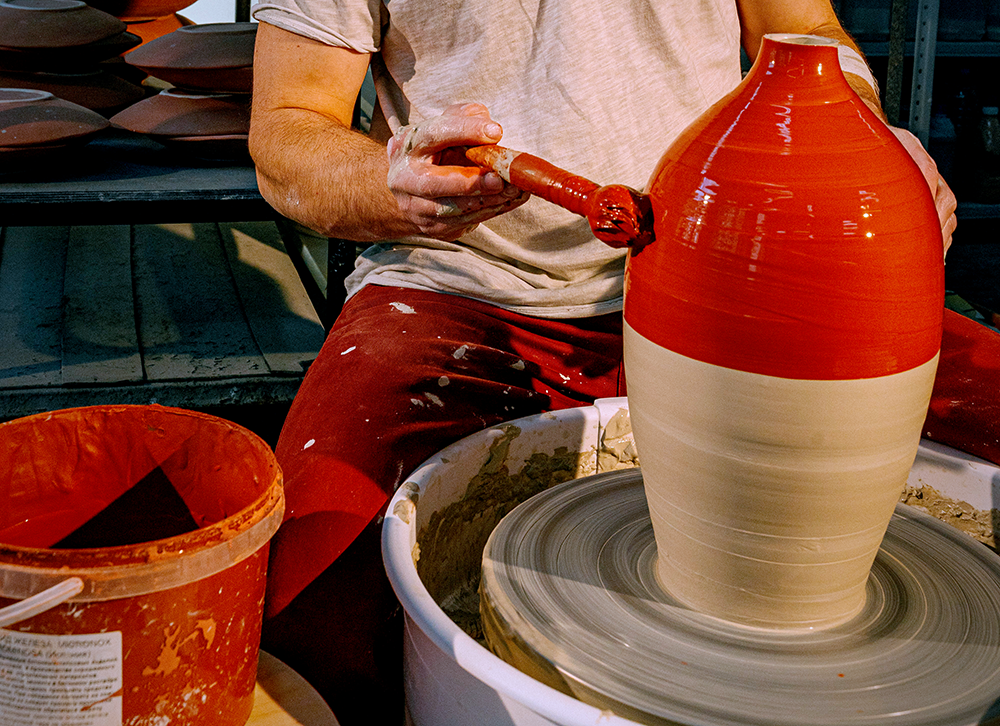
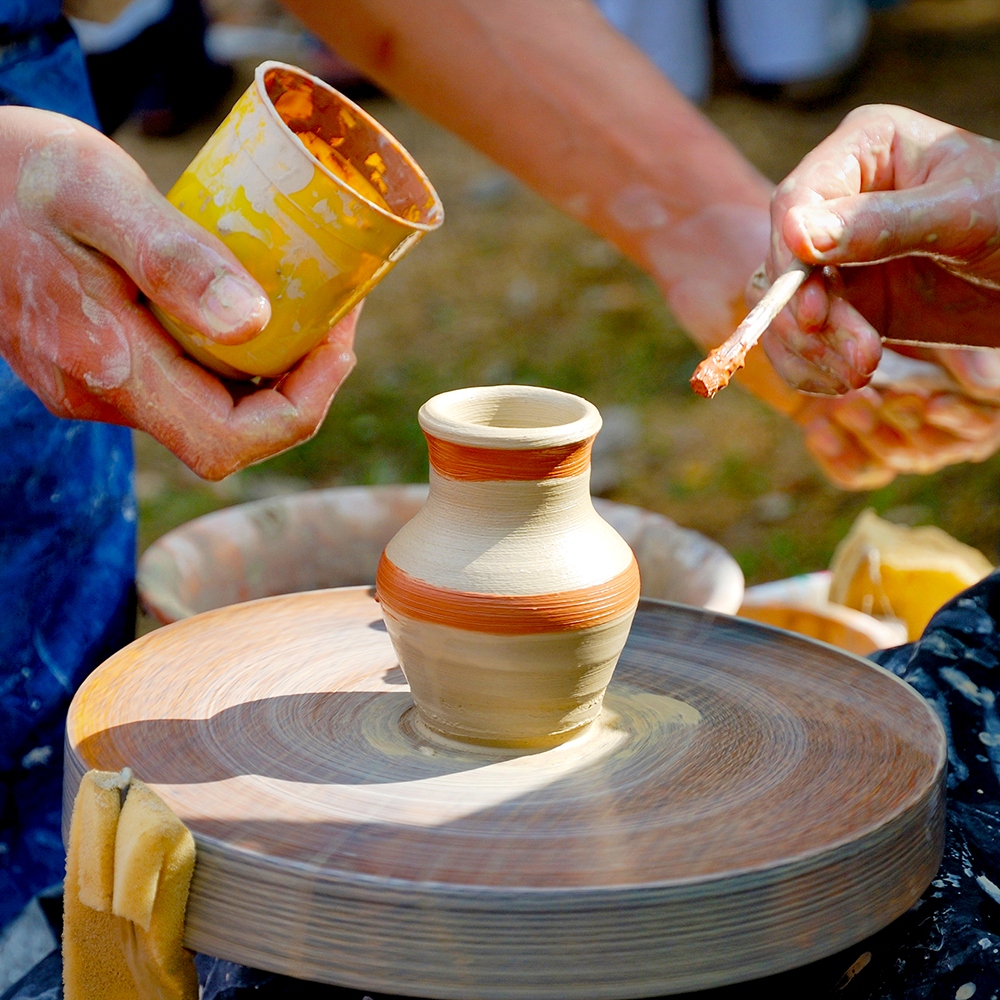
The Basics of Working with Clay
When you first begin working with clay, it's important to understand the basics.
Start by familiarizing yourself with the different types of clay and their properties, as well as the best practices for working with them.
There are three main methods for working with clay: hand-building, wheel-throwing, and molding/casting.
Hand-building is probably the best place to start if you're a beginner.
With hand-building, you can use your hands and simple tools, like knives and wire cutters to shape the clay into whatever form you desire.
Wheel-throwing is another popular method; as the name implies, it involves using a pottery wheel to create shapes that are symmetrical and evenly proportioned.
Molding and casting is the third method; it involves using molds to create shapes that would be difficult or impossible to make by hand or on the wheel.
Once you've chosen a method and have an idea of what you want to make, it's time to get your hands dirty!
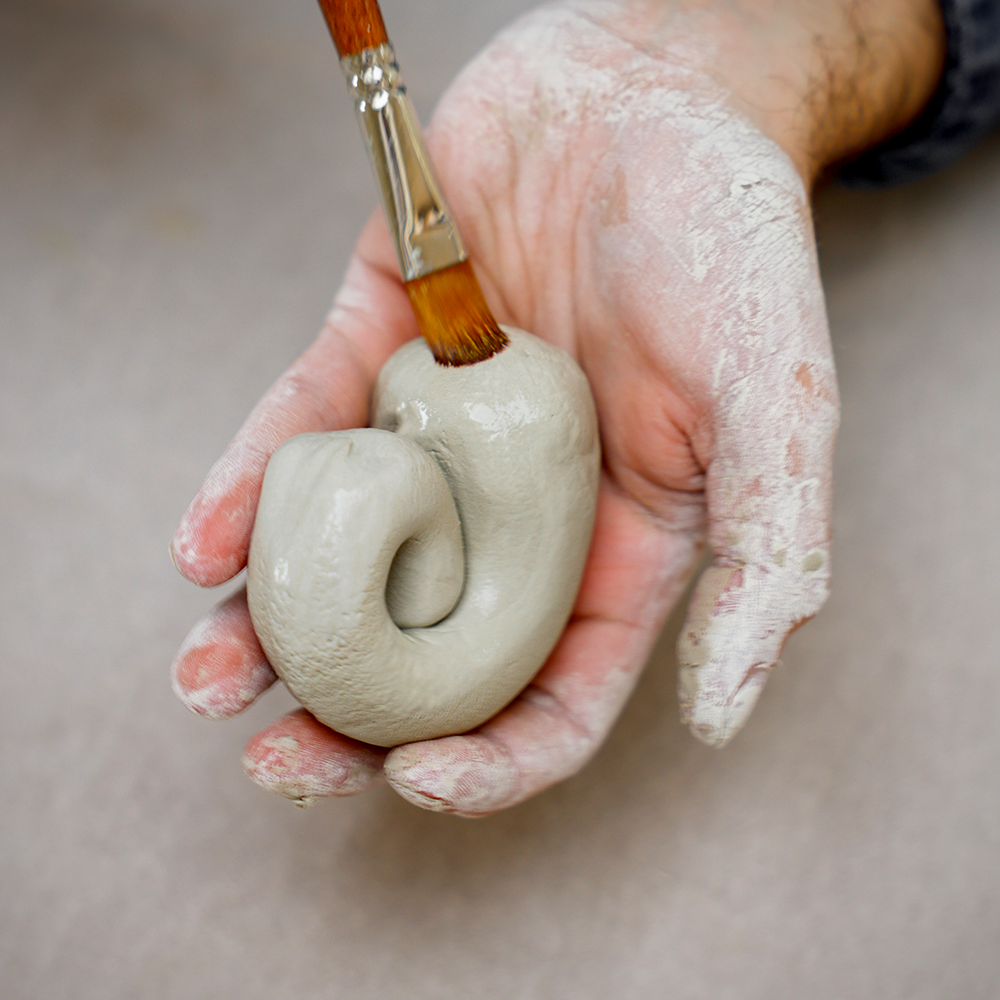
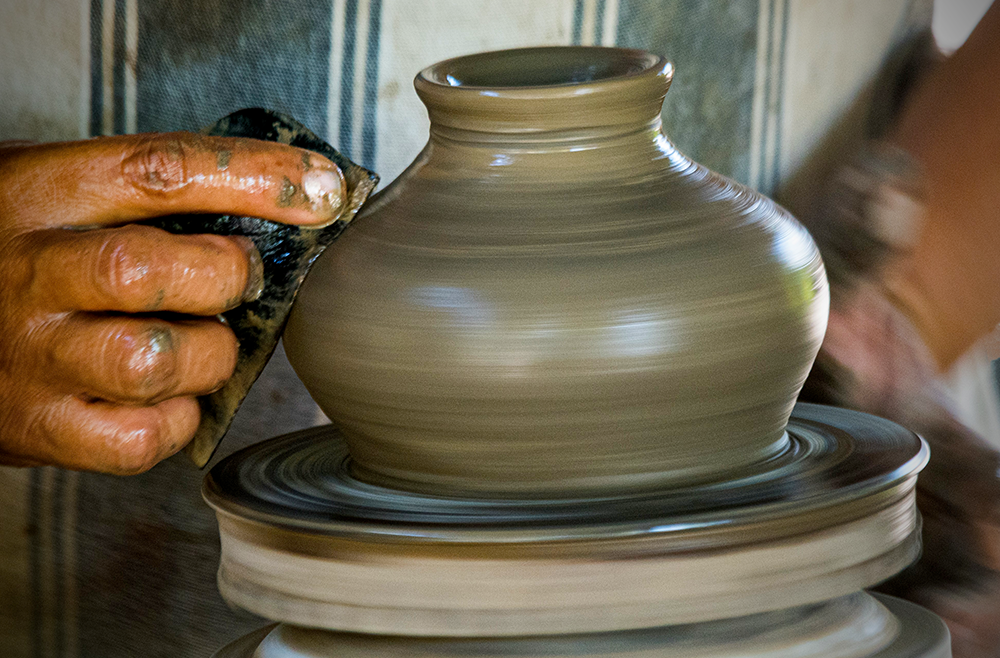
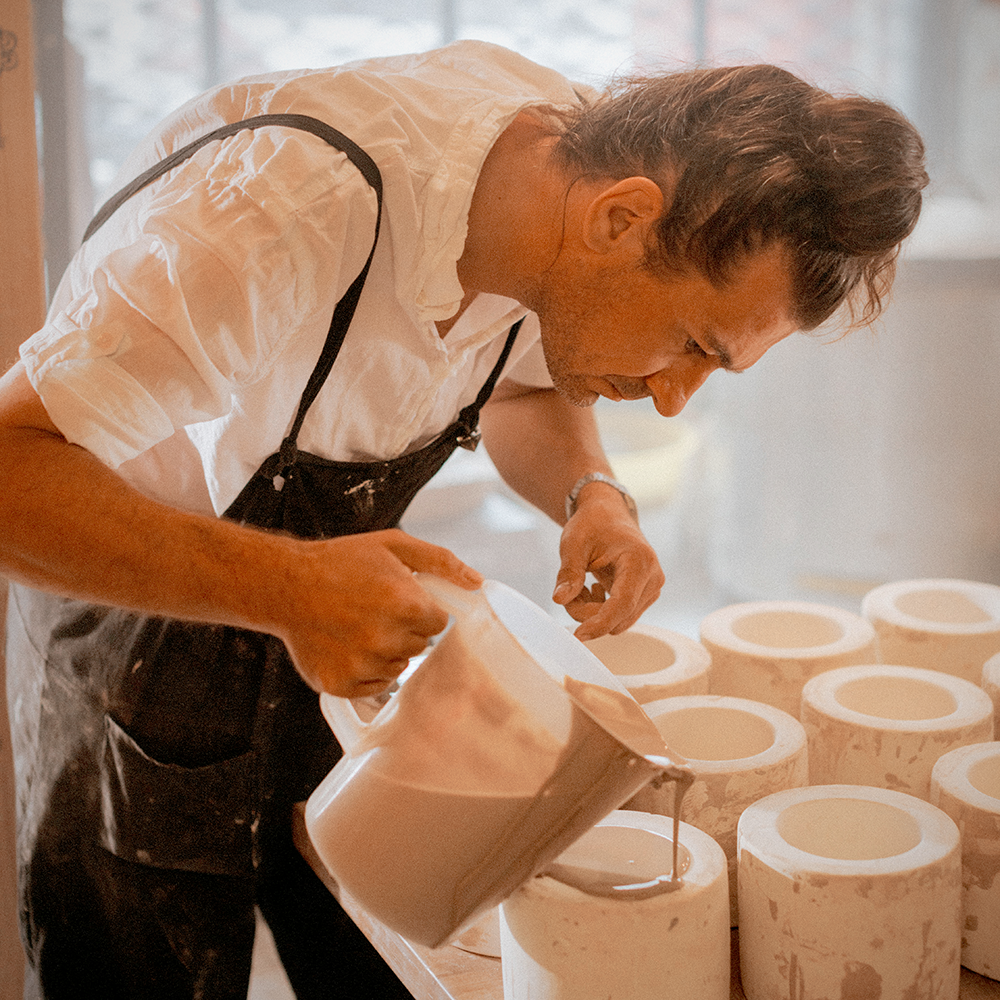
Getting Started
There are so many ideas you can explore, including home decor like wall planters, ring dishes, and candle holder sets.
Ceramics is a great gift idea for a wide variety of people, especially those who enjoy homemade projects!
If you decide to use hand-building, you can begin by rolling the clay into a flat sheet and cutting it into the desired shape.
You can use your hands, a rolling pin, or a slab roller to do this.
The great thing about slabs is that you can transform them into many different shapes and can even use shape cutters for your project!
Once you have your desired shape, you can then use a variety of tools to add texture and detail.
If you want to use a pottery wheel, you'll need to practice centering the clay and using simple tools to create the shape.
You can also add texture and detail before or after the clay is fired.
Molding and casting require a different set of tools and techniques.
You'll need molds, release agents, and may need to use liquid clay slip or press molds.
Once you have your desired shape, you can then add texture and detail to the piece before or after it is fired.
Once you understand the basics of each technique, you'll be well on your way to creating beautiful works of art!
The possibilities are truly endless when it comes to ceramics, so don't be afraid to experiment and have fun!
Remember to take your time and enjoy the process; there's no rush.
And if at first you don't succeed, that's okay—ceramics is all about trial and error.
The more you practice, the better you'll get.
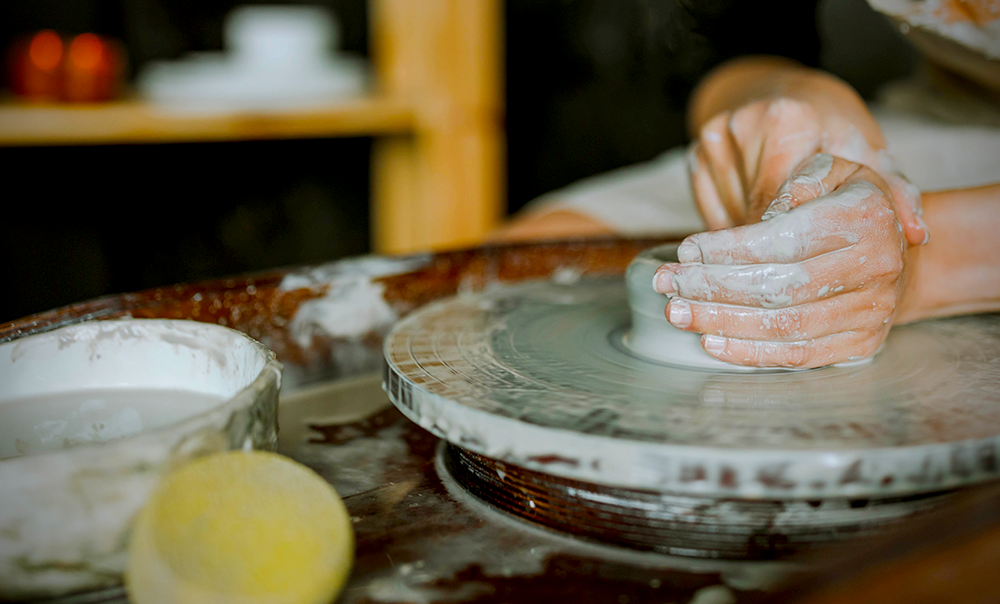
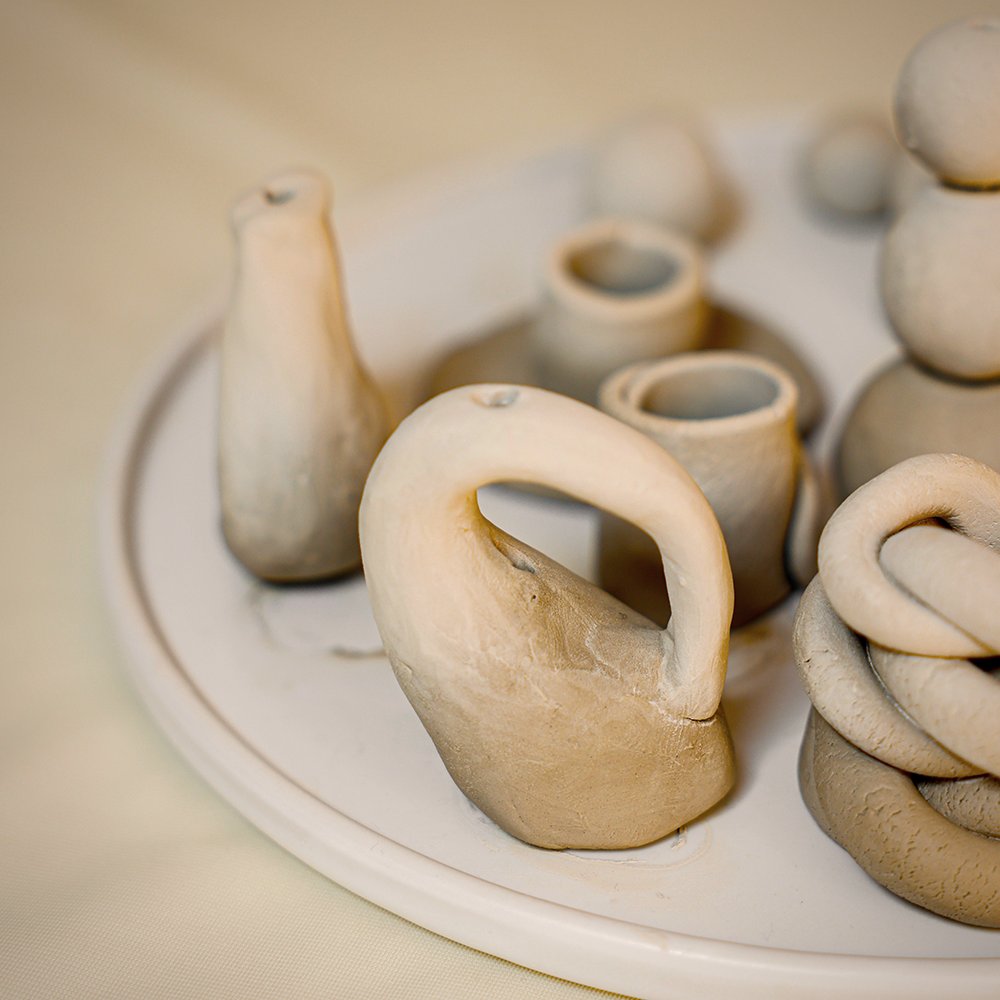
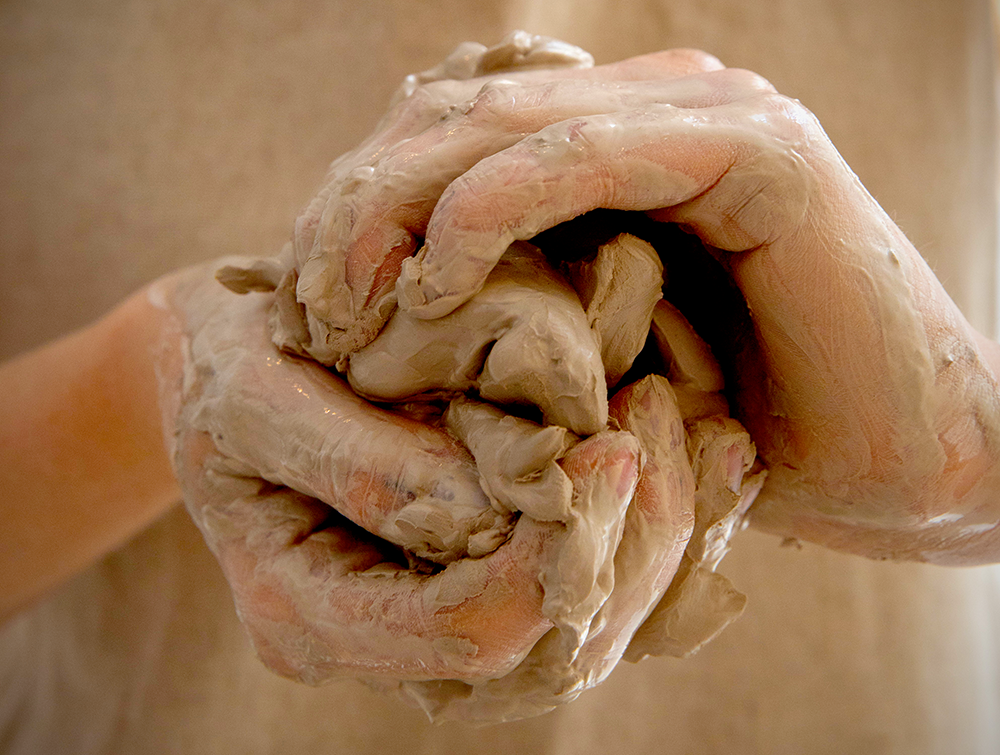
Glazing and Firing
Finally, you'll want to glaze your pieces in order to make them food safe or waterproof.
Glazes and underglazes come in a variety of colors and can be applied to the clay before or after it is fired.
The type of glaze you choose will depend on the type of clay you used, as well as the desired effect.
Once your pieces are glazed and decorated, they'll need to be fired in a kiln.
The type of firing you use will depend on the clay and glaze you are using, as well as the desired effect.
Once the pieces are fired and cooled, you can admire your creations and be proud of what you have accomplished!
If you choose to use paints, like acrylic paint, instead of glaze, you'll need to seal the piece with a waterproof sealer before using it.
Painted ceramics aren't food-safe or dishwasher-safe, so it's important to note this before giving them as gifts.
Now you have all the knowledge and supplies you need to start creating your own amazing works of art!
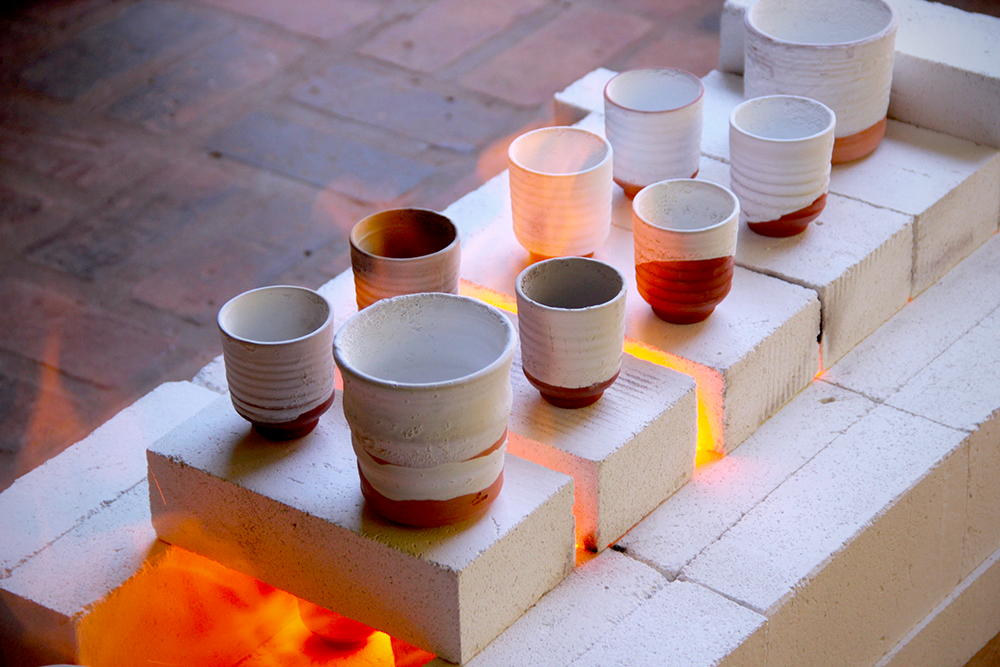
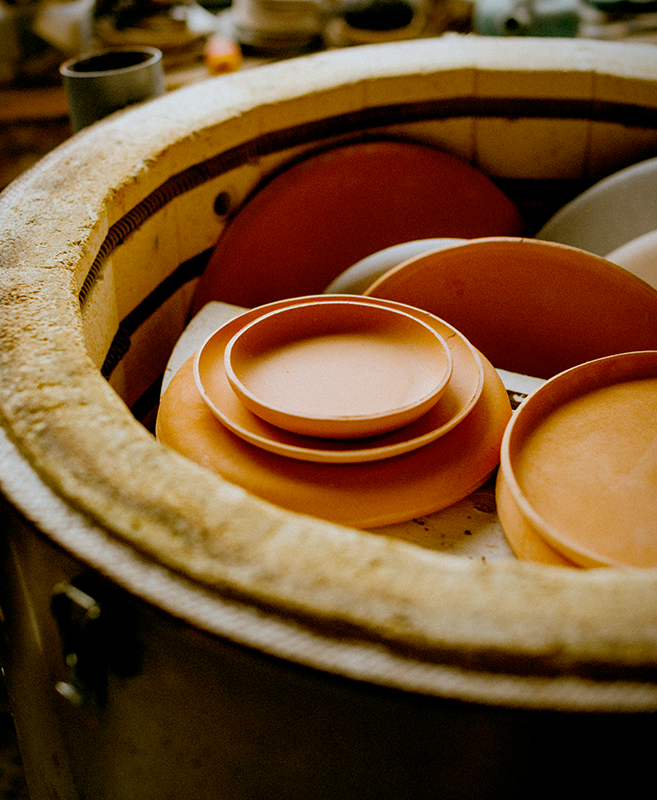

Creating Ceramics
And there you have it—now you know the basics of working with clay!
Whether you choose to hand-build, wheel-throw, or mold and cast your pieces, you're sure to create beautiful works of art.
It may take some practice and experimentation, but the process is rewarding and enjoyable.
We hope this post has given you a good introduction to the world of ceramics.
As we said before, ceramics is a rewarding and challenging field that can produce beautiful results—so what are you waiting for?
Grab some clay and get started!
Don't be afraid to get your hands dirty and have some fun!
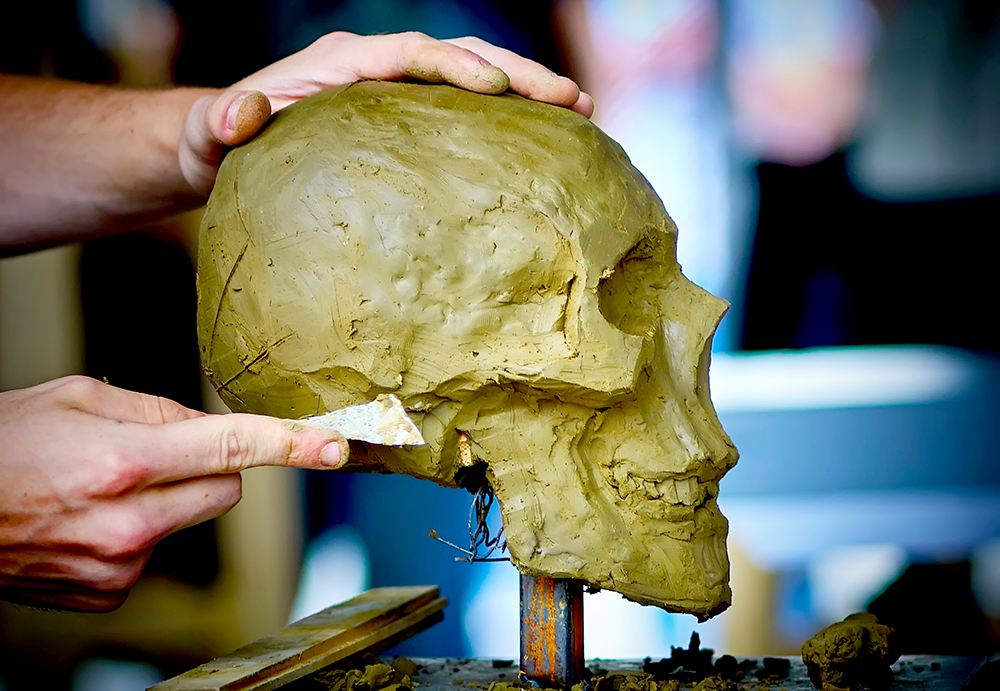
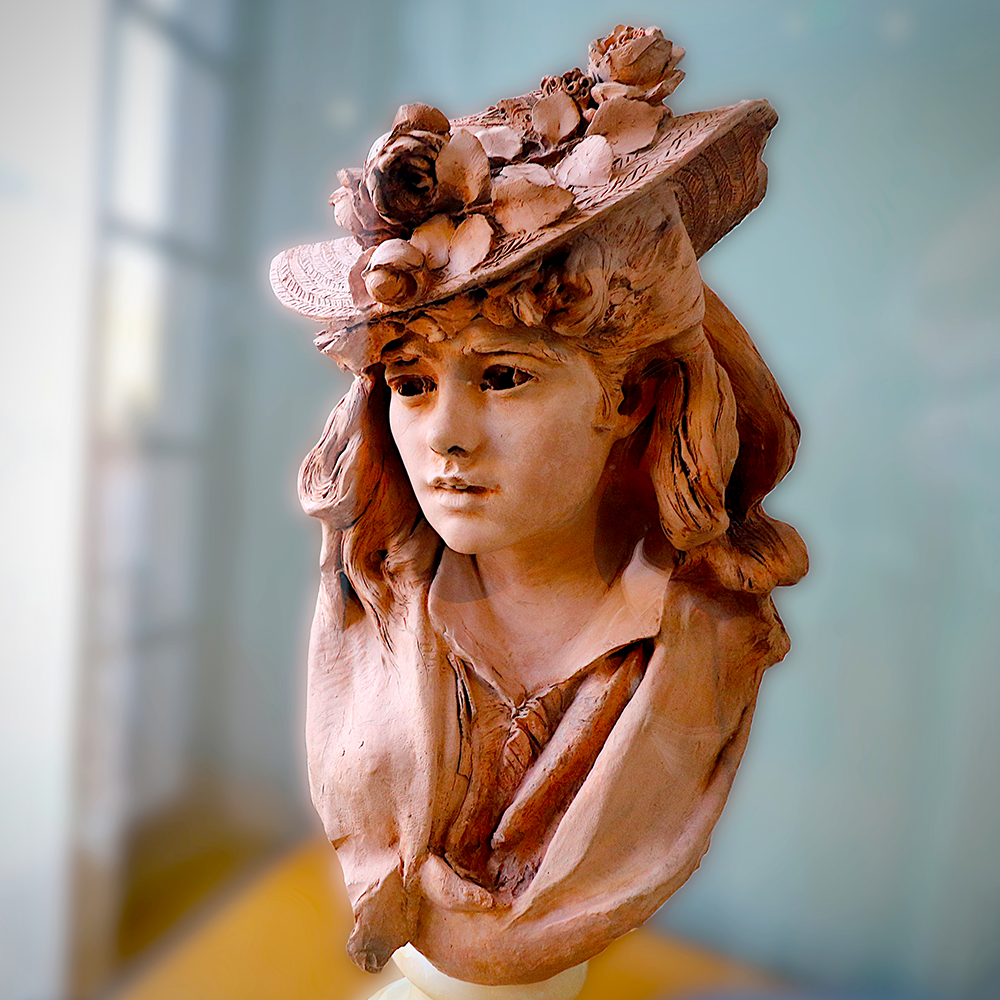
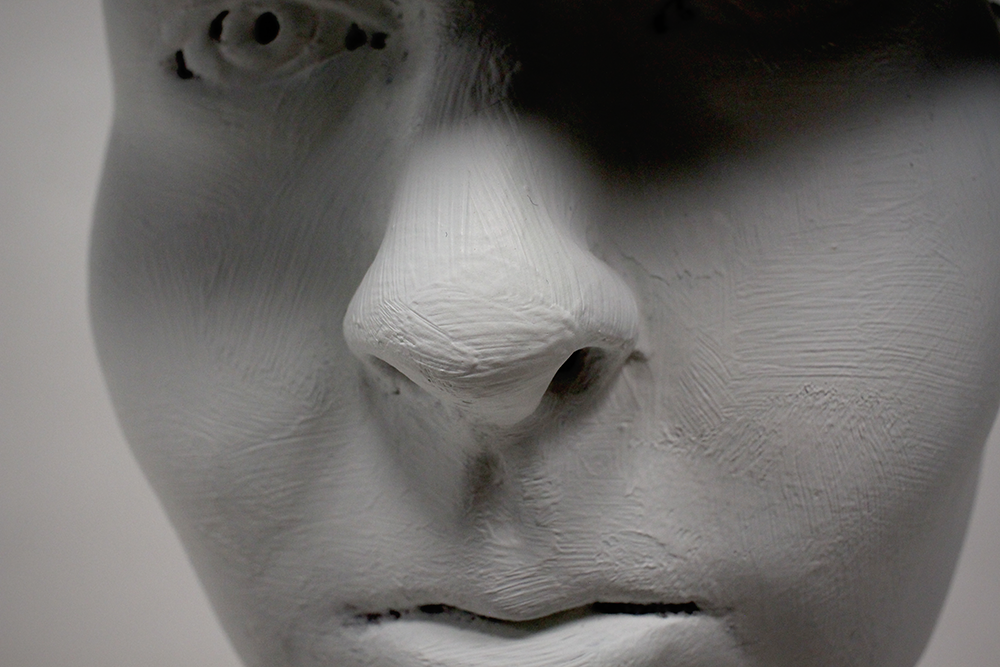
Want to learn more about wedging clay so you can start your next project? Check out Earth Nation Ceramics' video!
Want even more content about creativity and art?
Be sure to check out all of our creative chronicles!
Love pottery and working with clay?
Check out some of our other ceramic articles:
